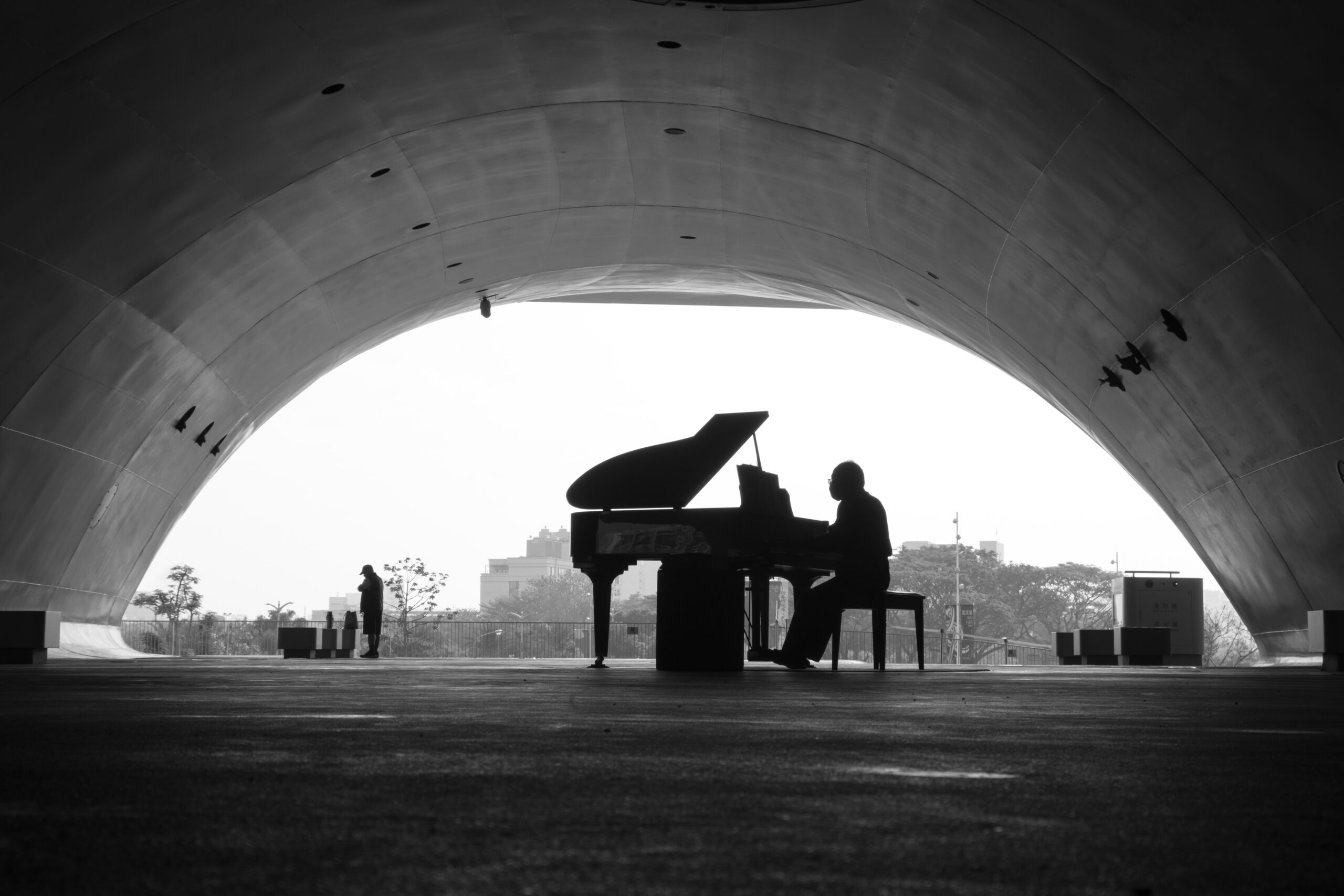Classical music is often seen as a genre steeped in tradition, with a history spanning centuries of European composers and performers. While this legacy is undoubtedly significant, it also means that classical music has been slow to embrace cultural diversity. Classical music has a long and storied history, but unfortunately, it hasn’t always been the most inclusive art form. For far too long, classical music has been associated with a narrow slice of the population – wealthy, white, and male. This narrow perception has led to a lack of diversity in both performers and audiences. However, the tide is slowly turning, and it is important for both performers and audiences to embrace cultural diversity in classical music.
Why Diversity Matters in Classical Music
First, it’s essential to understand why diversity matters in classical music. For many years, classical music has been associated with a narrow, Eurocentric worldview, which has excluded voices from other cultures and backgrounds. The lack of diversity in classical music is a complex issue with roots in historical and systemic biases. This lack of diversity has not only perpetuated stereotypes and reinforced power structures but has also prevented many talented musicians and composers from receiving the recognition they deserve. I believe that we need to acknowledge and address these issues to create a more inclusive and diverse classical music community.
By embracing cultural diversity in classical music, we can broaden our understanding of the art form and discover new sounds, styles, and perspectives. We can also create a more inclusive and equitable environment where everyone has the opportunity to participate and succeed.
Here are some tips for performers and audiences to embrace cultural diversity in classical music:
Expand your repertoire
Classical music has a vast repertoire, but much of it is focused on European composers. To embrace cultural diversity, performers should seek out works by non-European composers and include them in their programs. For example, if you’re a pianist, you might include works by composers such as Florence Price, Samuel Coleridge-Taylor, or Chen Yi. If you’re an orchestra, you might consider programming works by composers such as George Walker, Tania León, or Gabriela Lena Frank. By including music by underrepresented composers, you can introduce audiences to new sounds and perspectives, and demonstrate the diversity that exists within classical music. This not only broadens the repertoire but also provides opportunities for performers to learn about and appreciate different musical traditions.
Seek out resources like https://www.musicbywomen.org/ and add more female composers to your repertoire.
Audiences can also expand their repertoire by seeking out performances of works by female and non-European composers. This can be done by attending concerts, listening to recordings, or streaming performances online. By doing so, audiences can broaden their understanding of different cultures and musical traditions and making concert promoters realize that there are ticket to be sold and that diversity issues matter – also in classical music.
Collaborate with artists from different backgrounds
Collaboration is an essential part of the classical music community, and to promote diversity it is essential to collaborate with artists from different cultural backgrounds. By doing so, performers can learn from each other, share their experiences and perspectives, and create new works that reflect diverse cultural experiences.
Audiences can also benefit from collaborations between artists from different cultural backgrounds. These collaborations can result in exciting and unique performances that bring together different musical traditions and perspectives.
Embrace cultural differences
Classical music is often seen as a universal language that transcends cultural barriers. However, it is important to acknowledge and embrace cultural differences. Performers should seek to understand and appreciate different musical traditions, rather than trying to impose their own cultural values and practices on others.
Audiences should also be open to different cultural traditions and styles of performance. By doing so, they can learn about different cultures and appreciate the unique contributions that each culture brings to classical music. Both performers and audience need to change their mindset about what classical music is and what to expect from it. Diversity holds the promise of leading to much more interesting concerts in the long run.
To truly embrace cultural diversity in classical music, performers and audiences must engage with underrepresented communities. This means reaching out to communities that may not have easy access to classical music and making an effort to connect with them. For example, you might organize outreach concerts in community centers, schools, or nursing homes. You might also collaborate with local cultural organizations to create performances that reflect the diversity of your community. By engaging with underrepresented communities, you can help to break down the barriers that have historically separated classical music from diverse audiences.
Educate yourself and others
Education is key to embracing cultural diversity in classical music. Performers should learn about different musical traditions and cultural practices to expand their knowledge and appreciation of diverse musical styles. Learn how to communicate to your audience about the programming you are doing and how to most effectively engage your audience at your concerts.
Audiences can also benefit from education about different musical traditions and cultural practices. This can be done through program notes, pre-concert talks, or educational outreach programs. By educating themselves and others, audiences can develop a deeper understanding and appreciation of cultural diversity in classical music.
Create a welcoming environment
Creating a welcoming environment is essential to promoting cultural diversity in classical music. Performers should strive to create an inclusive and welcoming atmosphere that celebrates diversity and promotes mutual respect and understanding. This can be done by inviting conductors from a diverse background or invite more female conductors. Keep a score of how often you are working with a diverse group of colleagues.
Audiences can also play a role in creating a welcoming environment by being respectful of performers and other audience members from different cultural backgrounds. By doing so, they can help to promote a sense of community and respect for diversity in classical music.
Everyone Has the Opportunity to Succeed
If we want to move classical music forward, it’s crucial for to celebrate our diverse world. It’s necessary to make the community more inclusive. Performers and audiences will need to work together by diversifying their musical horizons, repertoire, and concerts. Let’s create a classical music culture that values diversity, so everyone can appreciate this beautiful art.








